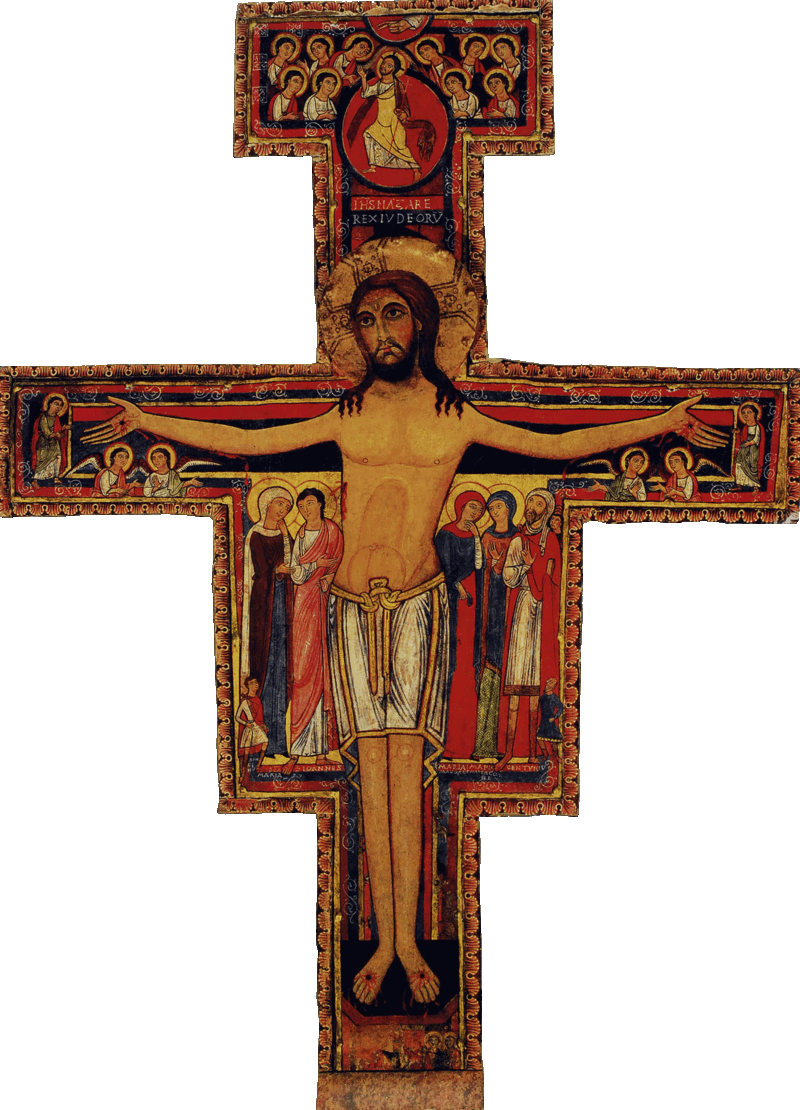
St Anthony of Padua - Rye
St Anthony of Padua Franciscan Friary
Watchbell Street, Rye, East Sussex TN31 7HB
01797 222173
Friars in Residence
Parish Priest
Fr. Maximillian Mckeown, O.F.M. Conv.

Mass
Monday - Friday: 9am
Saturday: 9am, 6pm (Sunday Vigil)
Sunday: 8am, 10.45am
Holy Days of Obligation: 9.00am, 7.00pm (unless Holy Day falls on Saturday or Sunday)
First Saturday
First Saturday of each month Mass at 9:00 am followed by Adoration/Benediction
Reconciliation
Saturday – 10:00 am on the first Saturday of each month or by appointment.




History
Following the English Reformation, the Conventual Franciscans made efforts to establish themselves once again on English soil. St. Anthony’s Rye was one of the first churches of the re-establishment of the Order.
Of all the churches of the English province, only St. Anthony’s is now able to claim the name “the cradle” of refoundation, as it stands out as a great epitome of that historical era. The church of St. Anthony of Padua, Rye has been widely praised for its artistic and architectural magnificence. It has been called “a cathedral in miniature” . But, it is very much more than a work of artistic beauty. It has a heritage of spiritual adventures, and a history filled with pastoral activities. St. Anthony’s church, one of the most beautiful buildings in the Rye town, and a great centre of attraction for visitors, is constructed in the Spanish-Romanesque style, with its small aisles flanked by delicate Roman columns sitting off the nave, at the head of wh ich is the priceless marble altar. When from the marsh one sees the graceful Romanesque building of St. Anthony’s Church rising among the roofs of Watchbell Street, one is immediately impressed by the perfect way it tones with its surroundings. The richly coloured stained glass windows on either side of the sanctuary recall holy people famous in English and Franciscan history. On the left, are the English saints: St. Thomas More, Thomas Becket, and St. George. On the right appear the Franciscan saints: Clare of Assisi, St. Louis IX, St. Elizabeth of Hungary, and St. Bonaventure. The spacious pulpit, the high alters and the rails are of solid Pavonazo marble, with decorative insertions with Swedish green and Italian yellow. Whether in its beautifully proportioned interior, or in its exterior view on the hillside from the marshes, St. Anthony’s church is a little gem of magnificent beauty.



